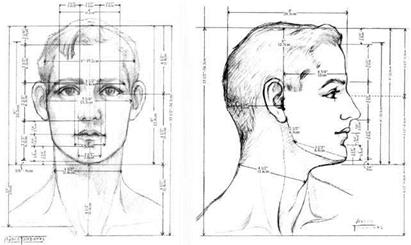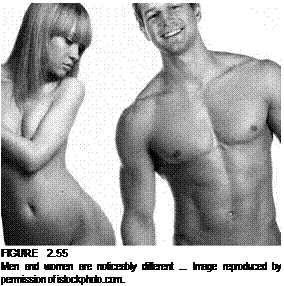It should be clear that these descriptions are a gross oversimplification of human anatomy and the proportional relationships between different segments and groupings of the body and that I am merely highlighting some areas of interest that I feel should be considered when you’re designing and creating for our craft.
![]()

![]()
Some very interesting geometric relationships come to light when we analyze proportions of the human form. In most geometric analysis, there’s a dominance of straight-line shapes and measurements, but there are relatively few such lines when looking at the human body’s lines. Instead we see a preponderance of curves and arcs. For example, the scalenius muscles on each side of the neck give support to the vertebra laterally, much like the wires that support a utility pole. The sternocleidomastoid muscles, responsible for turning the head, cross the scalenius muscles, creating a triangle; the triangle shape is also visible via the trapezius muscle (posterior), the sternocleidomastoid muscle (anterior), and the clavicle (collar bone).[31]
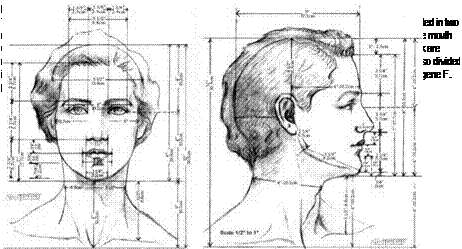
In the torso, an isosceles triangle (at least two equal sides) is formed from the points of the shoulders to the navel. As you can see, there are also a number of proportions that correspond to squares and rectangles in addition to triangles.[32]
![]()
|
|
|
|
|
|
|
|
|
|
|

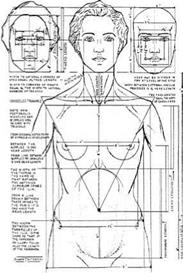
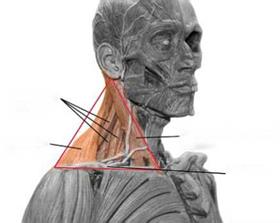
FIGURE 2.53
The clavicle, sternocleidomastoid, and trapezius form a triangle. Photo by the author. Anatomy model by Andrew Cawrse.
![]()

